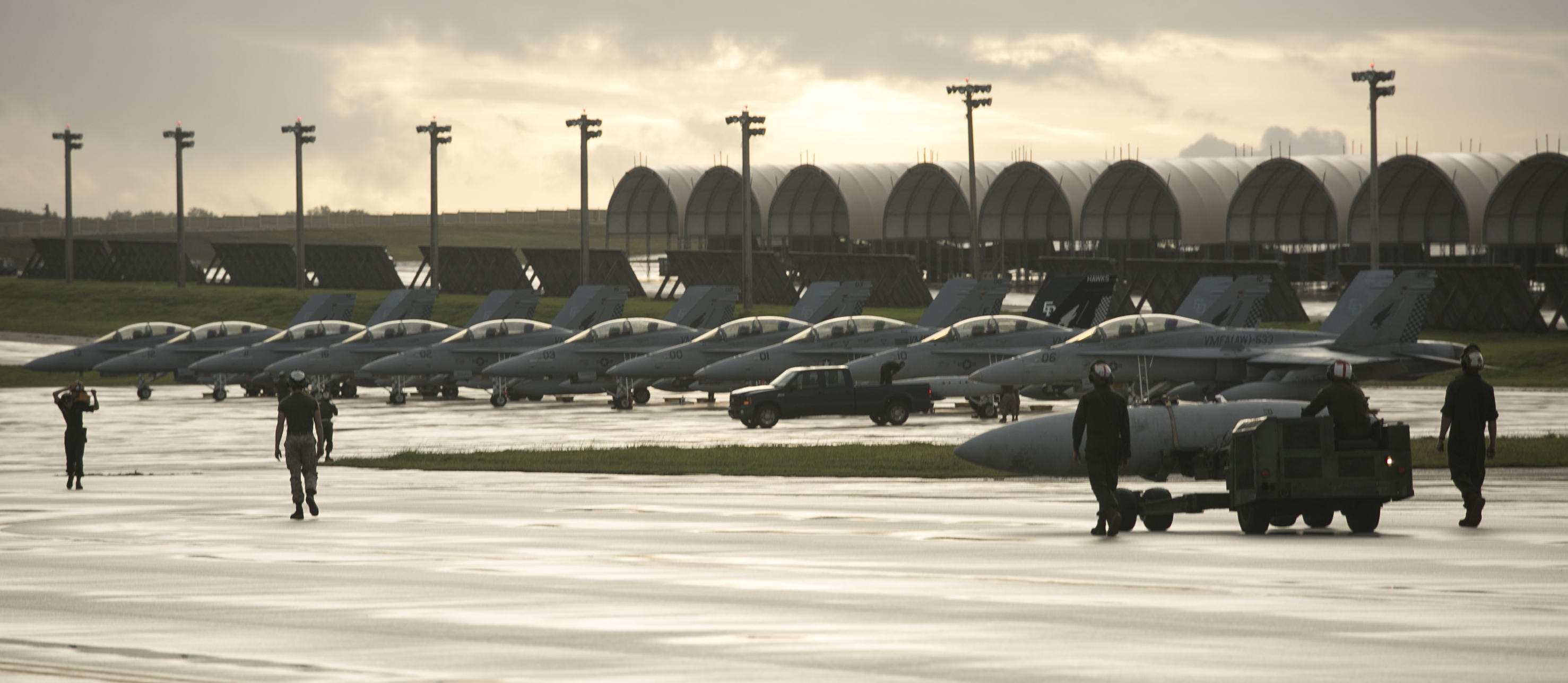
MARINE CORPS BASE QUANTICO – A panel of Marine Corps leaders discussed innovative ideas they could pull from the Navy, the general aviation community and the sectors to create a more agile and ready fighting force.
Lt. Gen. Robert Walsh, who took command of the Marine Corps Combat Development Command this summer, said at the annual Modern Day Marine expo that evolving global threats are forcing Marines to be more innovative. Hybrid battlefields in places like Syria and Ukraine – which combine non-state actors with “state capabilities, precision, high-technology capabilities” – as well as adversaries’ use of commercial off-the-shelf (COTS) technologies against the United States will challenge the Marine Corps to field new technologies faster.
Walsh, who before coming to MCCDC served on the chief of naval operations’ staff as the director of expeditionary warfare (OPNAV N95), cited the CNO’s Speed to Fleet program as something the Marines should emulate.
Navy acquisition chief “Secreatary [Sean] Stackley talks a lot about the willingness to get things out there, get them out in the fleet, operate it, experiment with it, let the fleet work with it, learn from it, break it, see if it doesn’t work, long before we get things to Milestone B and develop it into a program. Use that [research and development] money to be able to get it out there,” Walsh said.
He also praised the Navy’s focus on lifecycle costs when writing program requirements. He said Navy resource sponsors for ships and aircraft focus on reliability and sustainability early in program development, whereas Marines have a tendency to buy a great piece of gear, turn it over to the operators and figure out later on how to sustain it.
“I think within the Marine Corps, [Marine Corps Systems Commands] has to take a much larger role in designing the sustainment into it, along with working with [Installations and Logistics] and with our [Logistics Command] on it,” Walsh said.
Walsh added that the CNO’s staff put firmer cost caps in place, and a resource sponsor exceeding the cost cap risked losing the program altogether.
Col. Roger Turner, director of the Capabilities Development Directorate, said during the panel discussion that the Marines should work on writing well-defined requirements and avoiding requirements creep to help keep costs down. He also advocated open architecture designs as a solution to some of the Marines’ acquisition problems.
“Integration is really our big challenge,” he said.
“Being able to integrate, having open architecture that allows expandability – those are things that allow us to not increase cost because we can modify things as the technology changes.”
Deputy Commandant for Aviation Lt. Gen. Jon Davis also spoke about the integration problems and suggested that military aviation follow some lessons learned from the general aviation community. He said it’s easy for the Marines to “design a piece of gear that can land on an expeditionary strip of 3,000 feet, or land on amphibious carrier. It can do that.”
But integrating the avionics and IT systems with the rest of the Marines’ gear can be a challenge.
“I would say that the more and more we can design systems and put in as a requirement that it’s going to be open architecture, so it’s plug and play, kind of like general aviation is today,” the better, he said. Not only do open systems help the Marines integrate and field a new platform faster, it also helps keep the platform modern throughout its lifecycle by allowing for easier upgrades as technology advances.
While discussing Marine Corps contracting, Davis also mentioned that the service might consider rethinking how its aircraft are maintained as a way to increase reliability and readiness.
“We’ve signed contracts that say when something gets dinged we pull that piece off and we wait for [industry] to bring another piece,” he said.
“In the aggregate, I’d probably have a reliable piece of gear if I was able to fix it myself, but since I can’t, it’s not reliable because I’ve got downed airplanes. So I think also being smarter about how we write in from the beginning the ability of our Marines to repair our gear where we’ve got the capability to do so.
He added on the topic of reliability, “and then programs in development or in production, if it proves not to have the reliability that the [original equipment manufacturer] said it would, there should be an off-ramp in the contract allowing me to open that up for new bidding for people who can give me that reliable piece of gear. We see that all the time in general aviation, I think we need to drive that into military aviation as well.”





